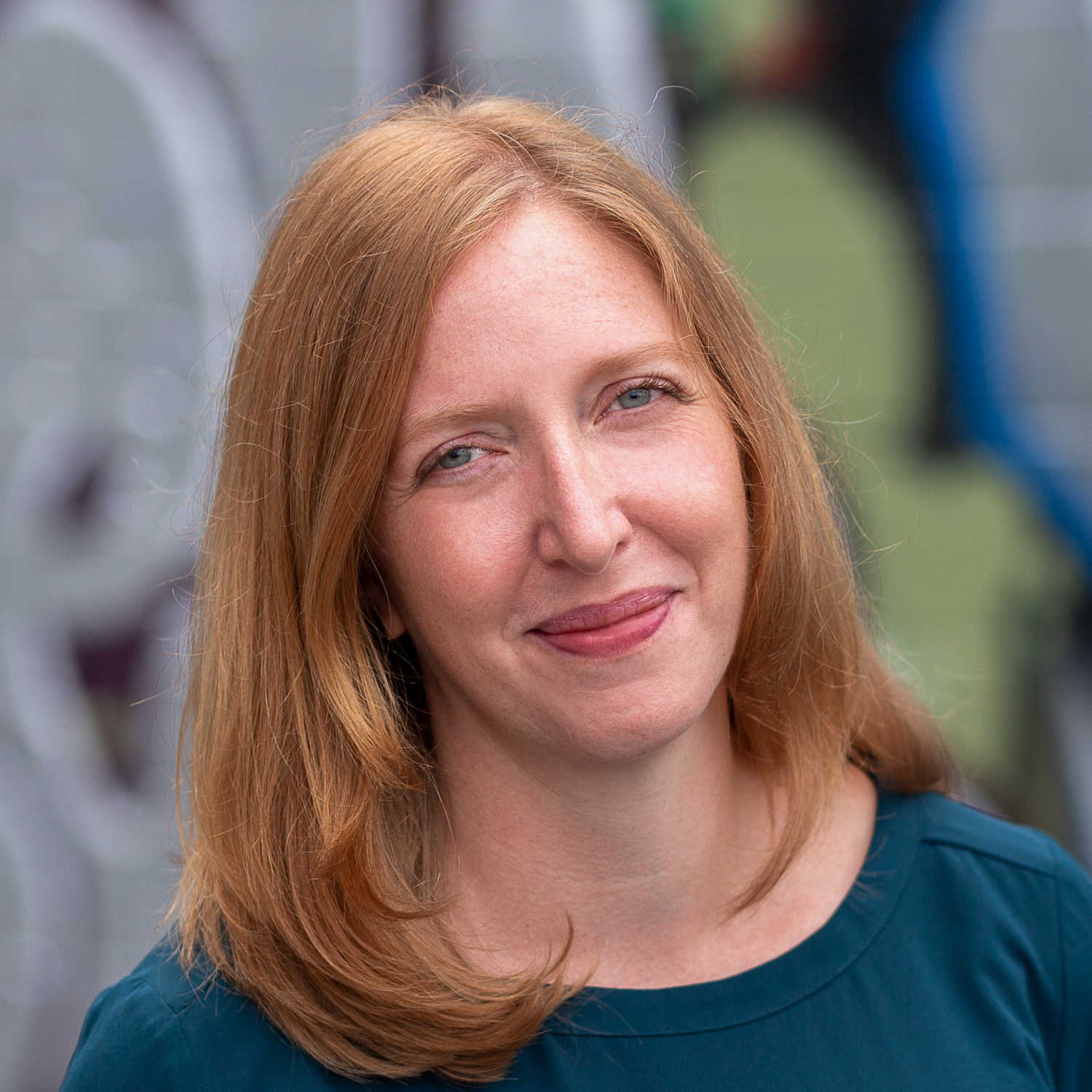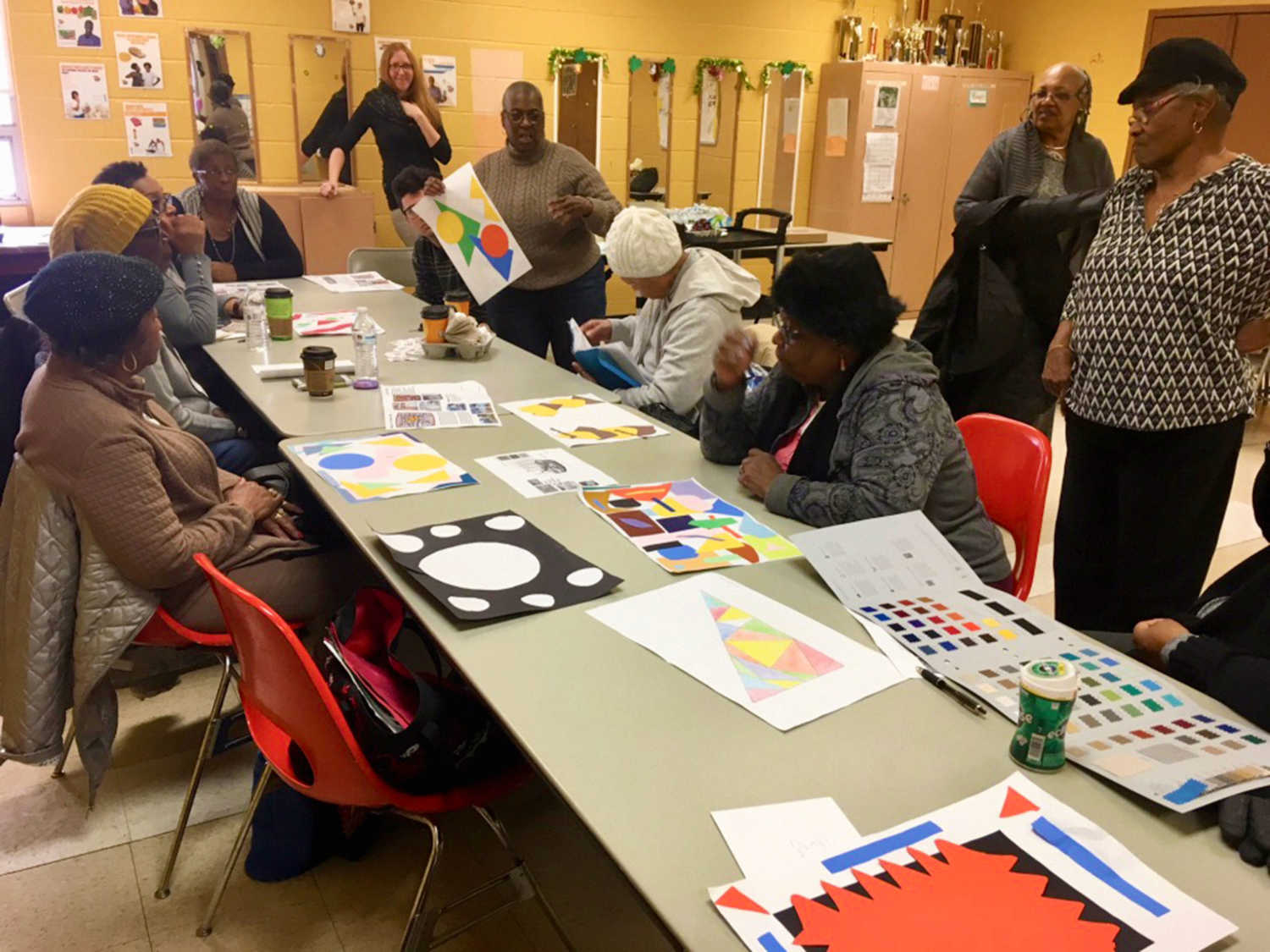Ideas + Insights
June 14, 2024Defining Placemaking: What Does It Really Mean?

Its definition remains as fluid as the spaces it seeks to transform, begging the question, what does placemaking really mean?
The term “placemaking” has become ubiquitous in conversations around public spaces, echoing through community meetings, policy discussions, and architectural studios. It has morphed into a buzzword laden with both promise and skepticism.
Placemaking embodies a multitude of interpretations, from grassroots community engagement to top-down urban renewal initiatives. Many define and embrace it as a means to foster vibrant, inclusive communities. Others offer critiques, questioning its ability to truly empower marginalized voices or challenging its susceptibility to co-optation by commercial interests.
Differences among industry leaders further shows that placemaking defies a singular definition. Here’s how two organizations describe the term:
The National Endowment for the Arts (NEA):
“public, private, not-for-profit, and community sectors partner to strategically shape the physical and social character of a neighborhood, town, tribe, city, or region around arts and cultural activities.”
Project for Public Spaces (PPS):
“a collaborative process by which we can shape our public realm in order to maximize shared value.”
An NDC perspective — on each project, we support our partners in defining what placemaking means for them.
At Neighborhood Design Center (NDC), placemaking is a concept we continue to explore with our community partners, and as such, we do not have a fixed definition.
Yet, while our internal definition is evolving, we embrace shared placemaking practices. Our community engagement around placemaking remains deeply rooted in place-based interventions that respond to the distinctive needs and aspirations of local neighborhoods.
Central to NDC’s approach is addressing community-identified priorities for the built environment, ensuring that projects are not imposed on the neighborhoods we serve but instead emerge from the residents who inhabit, understand, and are experts in their own communities.
Collaborations with communities predominantly comprised of low to moderate-income stakeholders serve as the cornerstone of NDC’s placemaking work, fostering inclusive decision-making processes that empower residents to shape their spaces. NDC projects venture beyond exercises in design to become celebrations of local culture, incorporating community narratives and traditions into the built environment.
On each project, we support our partners who take the lead in defining what placemaking means for them and how they choose to create places in their communities. We recognize that their perspectives should be the driver in shaping their neighborhoods’ narrative.

“Successful placemaking/placekeeping is rooted in its place, has integrity to local values, and tangibly manifests culture in a way that builds the visibility and power of the community.”
— NDC Deputy Director Briony Hynson


A partner view — “listening is key” and “placemaking cannot start until people are first and foremost.”
Gwen Brown, former BUILD organizer, and Whitney Frazier, artist and organizer, have partnered with NDC and are leading the Guardians project, which recognizes local community leaders in Baltimore and tells their stories.
The pair reflect on their experiences with placemaking in Baltimore City’s Darley Park neighborhood and how the conversion of a vacant lot into a neighborhood park, a project that NDC partnered to support, provided the catalyst for community change.
Yet while their work in Darley Park and other locations throughout the city has incorporated aspects of placemaking, both organizers expressed that the term itself is relatively new in contrast to how long they have been doing the work.
“I started hearing it [placemaking] more in the public artists’ space in the beginning,” said Whitney. “But as I learn and think more about it, I think design is a part of it in terms of creating a space, but I don’t think it’s so much about the artwork as it is being sensitive to a neighborhood and people and a location and the environment and creating an asset that complements all of those things.”
Gwen’s perspective resonated with Whitney’s, and she stressed the importance of community listening as being an essential foundation to the placemaking process.

“What you’re really required to do is to go into a community and listen first. I was going into communities where I would sit at kitchen tables and on front porches and listen to what people wanted changed in their neighborhoods. And then we would work towards creating that change.”
— Gwen Brown, former BUILD organizer
After listening to Darley Park residents, one common theme that emerged was transforming the community’s entryway, which at the time was an abandoned lot that served as a reminder of years of disinvestment and neglect.
With the support of organizations like The 6th Branch, a veteran-led community service organization, the community cleared debris from the lot and began to revitalize the space by adding elements like planter boxes and tire swings for the neighborhood’s children.
The effort later expanded with Whitney producing designs to capture the community’s vision and creating a park mural while NDC provided community listening assistance and tools to support the space transformation. The resulting space embodies placemaking as a place created by and for the community. “The entryway now to the neighborhood has been totally transformed,” said Gwen. “What was once this horrible place where a man and his son were murdered is now a beautiful park.”
While funding from larger organizations like Parks and People helped support the project’s completion, they believe that the practice of community listening and neighborhood-driven placemaking has been instrumental in fostering sustainable, lasting change.


“If someone comes in at the beginning and isn’t listening to [the community’s] needs, then it’s often not sustained or doesn’t lead to other things. With the people’s voices in mind and the listening sessions, the impact is greater and longer lasting.”
— Whitney Frazier, artist and organizer
In Darley Park, the longer-lasting impacts of placemaking go far beyond designing a more inviting space to creating a pathway to additional change. Gwen points to placemaking as providing a physical improvement that allows a community to recognize additional possibilities, empowering residents to address some of the more systemic structural inequities that persist in their neighborhoods.
The placemaking process in Darley Park served as a catalyst for residents to engage further in addressing issues such as policing and supporting sex workers and individuals struggling with drug addiction and motivated them to advocate on various issues by speaking out at City Hall.
In Baltimore City and beyond, they believe residents are those who should be the drivers of placemaking as they are the ones who know and understand their own communities. “Baltimore is a city of neighborhoods,” says Gwen. “Each place is unique…in Baltimore in particular, placemaking means a lot of different things to a lot of different people. Somebody from the outside looking in may not see that. Whatever placemaking means to you may not be what it means for that particular neighborhood. So placemaking cannot start unless and until people are first and forefront.”
Criticism — “placekeeping instead” and “placemaking can be a precursor to future neighborhood gentrification.”
Placemaking can be positive, helping communities come together and celebrate their uniqueness. But there are important criticisms to consider.
One idea, called Rasquachification, challenges traditional ideas about neighborhoods by celebrating the resourcefulness prompted by the lack of resources rather than the prevailing urban development objective of monetizing neighborhoods. Rasquachification stands against the usual way cities are developed, pushing back on ideas of who gets to decide what a neighborhood looks like.
Roberto Bedoya writes in Spatial Justice: Rasquachification, Race and the City:
“Rasquachification is also what the community activist Jenny Lee calls placekeeping—not just preserving the facade of the building but also keeping the cultural memories associated with a locale alive, keeping the tree once planted in the memory of a loved one lost in a war and keeping the tenants who have raised their family in an apartment. It is a call to hold on to the stories told on the streets by the locals, and to keep the sounds ringing out in a neighborhood populated by musicians who perform at the corner bar or social hall.”
Other critiques argue that artists are frequently enlisted in the name of placemaking as a precursor to future neighborhood gentrification. Understanding who benefits from placemaking efforts in a community bears deep investigation to ensure that placemaking efforts do not take place to a community’s detriment.




The Neighborhood Design Center’s values around placemaking and programming
While acknowledging the limitations of trying to devise an all-encompassing definition of placemaking, we are challenging ourselves to grapple with its complexities and keep certain questions and values at the forefront of our conversations.
Our approach at the Nieghborhood Design Center prioritizes understanding and addressing complex disparities across racial and class lines that shape our planned spaces and placemaking practices. Exploring new approaches in the public realm, we aim to mitigate immediate effects and dismantle long-standing power structures.
We deeply value diverse experiences and expertise, acknowledging systemic inequities that disproportionately benefit white-led nonprofits and reinforce privilege. Our process entails asking tough questions, listening deeply, and adjusting course as needed, maintaining a critical lens on our processes, programs, biases, and patterns, integrating insights from partners and peers.
Grounded in support, connection, and mutual respect, we create a participatory space that recognizes everyone’s agency and perspectives. Navigating differing viewpoints, we strive to foster deeper understanding and prioritize decision-making structures that dismantle barriers and center those with less power.
With these diverse perspectives and values in mind, the conversation around placemaking continues to evolve, highlighting the complex interplay between design, community engagement, and social justice.
With support from the France Merrick Foundation and in partnership with Project for Public Spaces, we are excited to continue to explore and engage further in developing our placemaking approach over the next year.